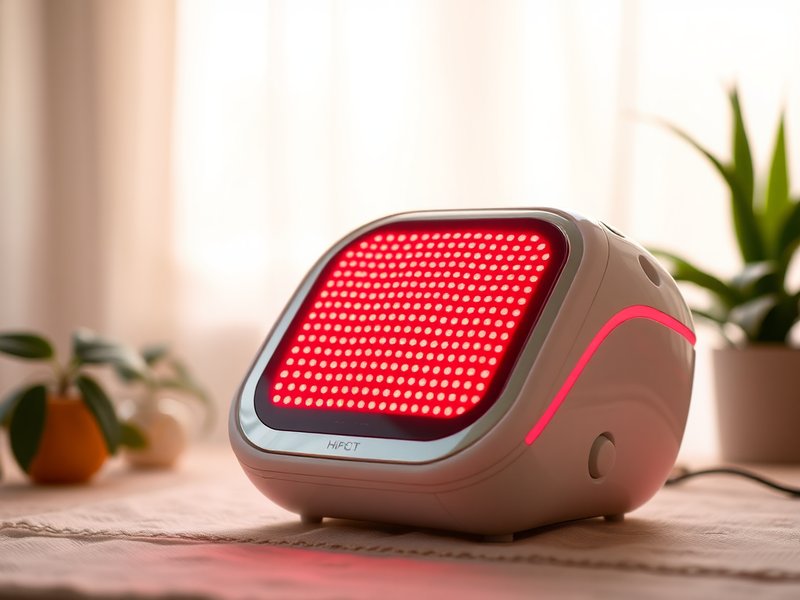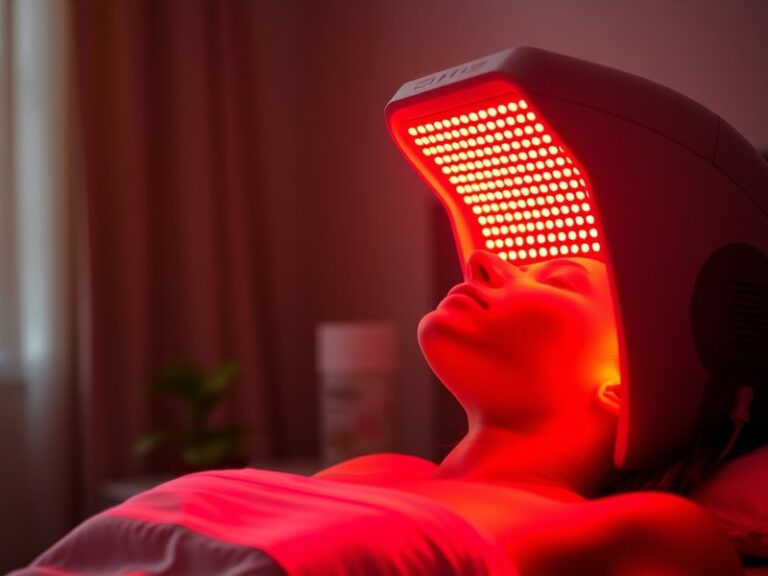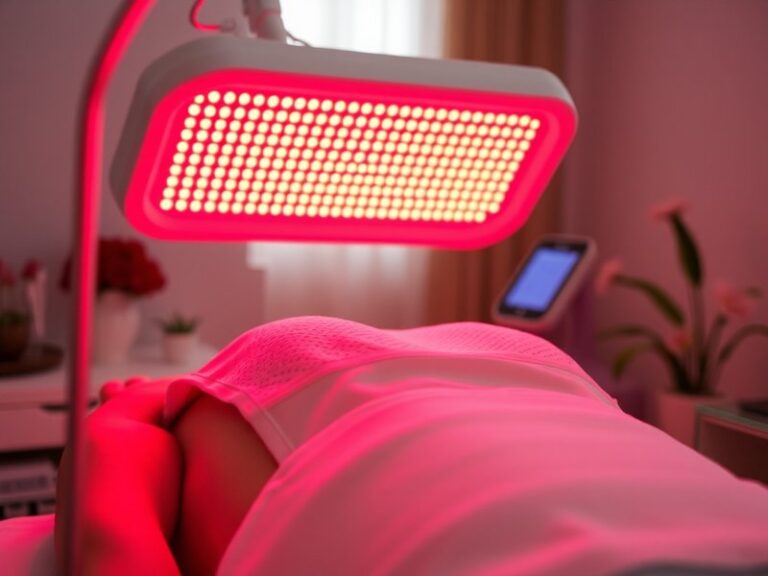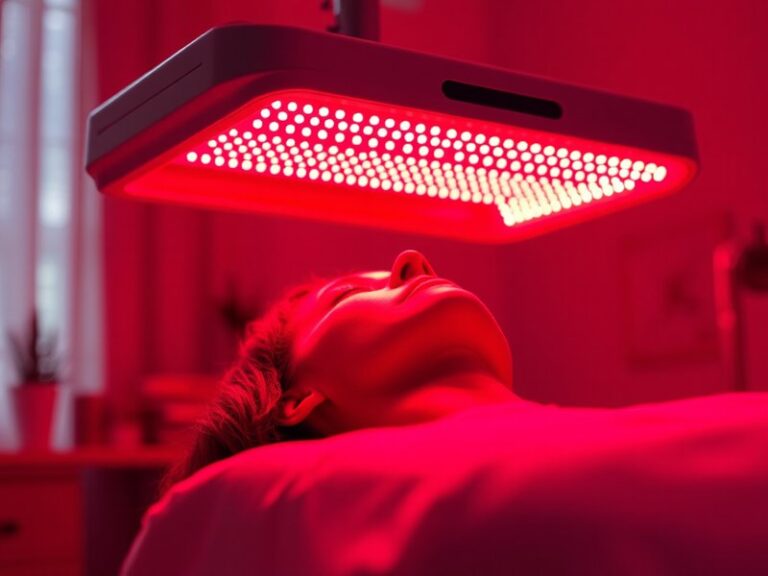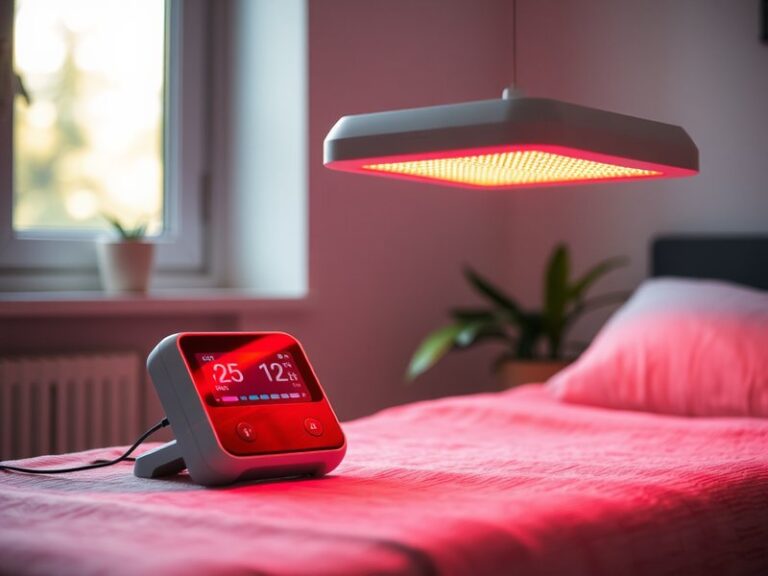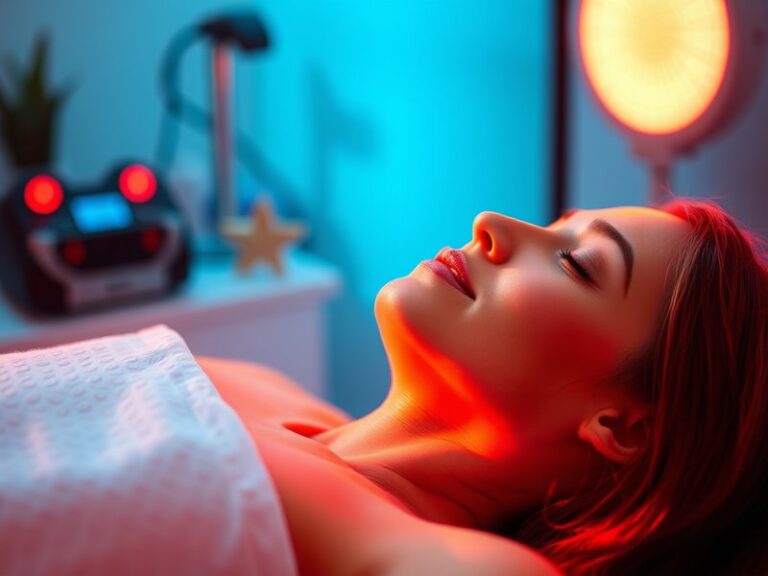Are Red Light Therapy Devices Safe?
Are Red Light Therapy Devices Safe?
Is red light therapy a safe option for improving skin health, reducing pain, or enhancing overall well-being?
Red light therapy (RLT) has steadily gained popularity for its purported health benefits, yet many still question its safety. This article will explore whether red light therapy devices pose any health risks, delve into their benefits and concerns, and help you understand their role in wellness and recovery.
Key Takeaways
- Red light therapy is generally considered safe and non-invasive.
- Benefits include improved skin health, pain relief, and enhanced recovery.
- It’s essential to consider personal health conditions and consult professionals before use.
What is Red Light Therapy?
Red light therapy is a treatment that uses low-level wavelengths of red light to stimulate various biological processes in the body. It operates by penetrating the skin to promote healing and reduce inflammation.
The therapy primarily employs wavelengths between 600 to 650 nanometers (visible red light) and sometimes longer wavelengths, known as near-infrared light, which penetrate deeper into tissues. RLT is often used in aesthetic treatments, physical therapy, and even veterinary medicine.
How Does Red Light Therapy Work?
Red light works by stimulating the mitochondria, the powerhouse of our cells. Increased mitochondrial activity leads to more energy (ATP) production, which can enhance cellular repair and regeneration.
The therapy has been researched for various applications, including skin rejuvenation, wound healing, hair regrowth, and the treatment of conditions like arthritis and joint pain.
Get the full picture in Does red light therapy kill lice?
What are the Benefits of Red Light Therapy?
Understanding the benefits of red light therapy can help assess whether these devices are a worthwhile addition to your health routine.
Improved Skin Health
RLT has been shown to promote collagen production and reduce signs of aging such as wrinkles and sun damage. A 2014 study indicated that patients using red light therapy experienced improved skin texture and tone.
Pain Relief and Reduced Inflammation
Many users report significant relief from chronic pain conditions. RLT can help reduce inflammation, making it popular among athletes for post-exercise recovery. Studies have shown its effectiveness in managing conditions such as arthritis and tendinitis.
Enhanced Muscle Recovery
For athletes and those engaged in regular physical activity, red light therapy can aid muscle recovery. It has been linked to faster healing of muscle injuries and reduction in soreness post-exercise, enhancing overall performance.
Additional Benefits
- Improves wound healing
- Stimulates hair growth in cases of alopecia
- May improve mood and provide mental clarity
Is it Possible to Use Red Light Therapy Devices at Home?
Yes, many individuals opt to use at-home red light therapy devices due to their convenience and accessibility. However, it’s essential to ensure you’re using a quality product designed for safety and efficacy.
What are the Advantages of Using RLT Devices at Home?
- Convenience: At-home devices allow for flexible usage without scheduling professional appointments.
- Cost-Effective: Over time, using a personal device can be more economical than frequent professional treatments.
- Privacy: Users may feel more comfortable treating their concerns in the privacy of their own home.
What are the Disadvantages of Using RLT Devices at Home?
- Less Supervision: Using devices without professional guidance may lead to improper usage or inadequate treatment.
- Potentially Lower Efficacy: Professional devices tend to have higher power outputs and might provide quicker and more noticeable results versus at-home devices.
- Investment Risk: There is a plethora of low-quality devices on the market, making it critical to research before purchasing.
What are the Things to Consider Before Using Red Light Therapy?
Before incorporating red light therapy into your wellness routine, consider the following factors to ensure a safe experience.
Health Conditions
Always consult with a healthcare provider if you have underlying health conditions that might affect your response to RLT, such as photosensitivity or a history of skin cancer.
Device Quality
Staying informed about the specifications and quality of the device is crucial. Look for devices that have been clinically tested and are backed by scientific research.
Treatment Dosage
Understanding the appropriate duration and frequency of RLT sessions is vital. Overexposure can lead to skin damage, negating the therapy’s benefits.
Other Considerations
- The anatomical area treated (sensitivity may vary across different parts of the body).
- User experience and reviews from trusted sources.
- Recommendations for use from health professionals.
What are the Alternatives to Red Light Therapy?
For those seeking other options besides red light therapy, several alternatives are available that can also contribute to wellness and recovery.
Learn all about it in Can Red Light Therapy treat nail fungus?
Cold Laser Therapy
Also known as low-level laser therapy (LLLT), this treatment uses different wavelengths of light for similar therapeutic effects, including pain relief and inflammation reduction.
Infrared Saunas
Infrared sauna therapy utilizes heat to improve circulation, detoxify the body, and promote relaxation. It can be an excellent alternative for those looking for a different kind of therapeutic experience.
Microdermabrasion
This cosmetic treatment can enhance skin health by exfoliating dead skin cells and promoting collagen production. While not the same as RLT, it can help with skin appearance and texture.
Add an Additional 1-3 Alternatives
- Chemical Peels: For improving skin tone and texture.
- Massage Therapy: Provides relaxation and reduces muscle tension.
- Acupuncture: An ancient practice for pain relief and overall health enhancement.
Conclusion: Is it Recommended to Use Red Light Therapy?
While red light therapy devices are generally considered safe and can offer numerous benefits, it is essential to approach their use thoughtfully. Consulting with a healthcare provider, investing in quality equipment, and understanding your unique health needs will help maximize safety and efficacy.
Frequently Asked Questions
Is red light therapy painful?
No, red light therapy is typically painless. Users often report a warming sensation, similar to sunlight, with no significant discomfort.
How long should I use red light therapy?
Treatment times can vary, but sessions typically last from 5 to 20 minutes, depending on the device and intended use. Always follow the manufacturer’s guidelines.
Can anyone use red light therapy?
While RLT is safe for most, individuals with certain medical conditions or who are pregnant should consult a healthcare professional before starting treatment.
Are there any side effects of red light therapy?
Side effects are rare but may include temporary redness or irritation of the skin if used improperly. Following usage guidelines reduces these risks.
How often should I use red light therapy for best results?
Frequency depends on individual goals and device specifications, but most users find success with 2-3 sessions per week followed by maintenance treatments as needed.
